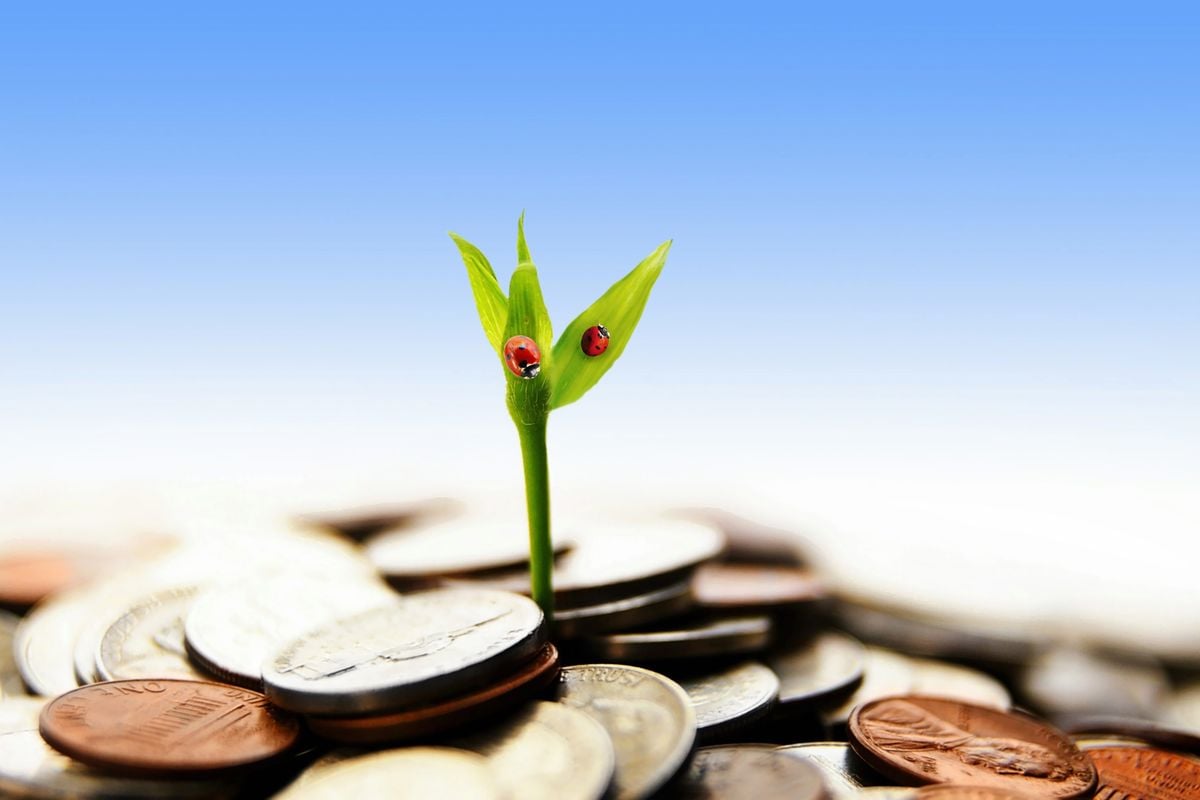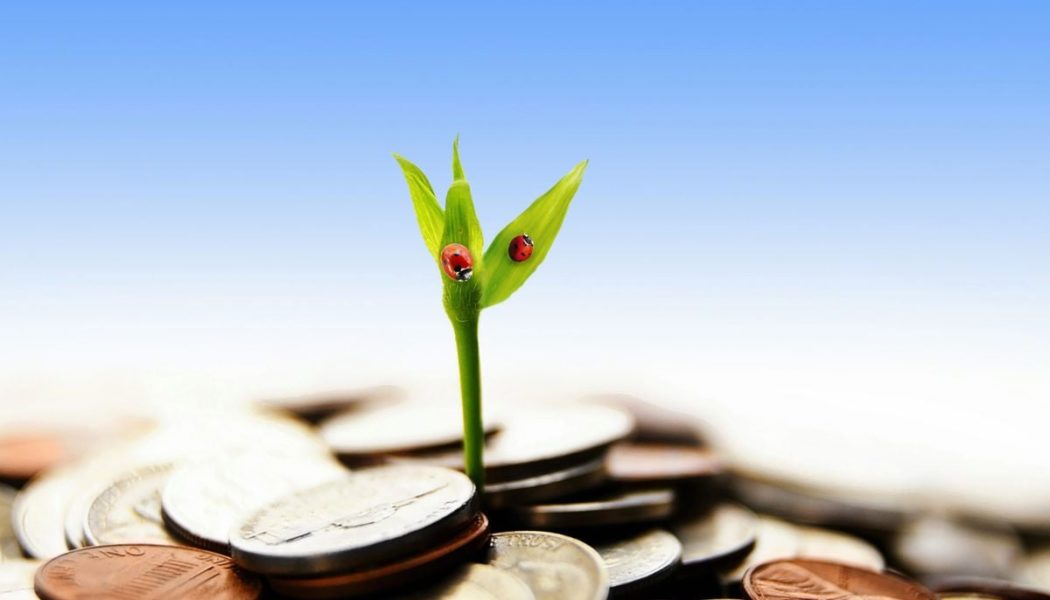
For a long time, green finance has pursued high-impact goals predominantly linked to corporate responsibility. However, today, most institutions have incorporated green financing into their core business strategy while also investing heavily in community projects spanning education, health, the environment, sports, food security, and financial literacy.
Admittedly, the Green Bond Programme, initiated through the Sustainable Finance Initiative by the Kenya Bankers Association in partnership with the Nairobi Securities Exchange, the Climate Bonds Initiative, FSD Africa, and the Dutch Entrepreneurial Development Bank, has played a key role in enabling the rise of a domestic green bond market in Kenya’s banking sector.
Green finance is a great instrument that facilitates the transition to a low-carbon economy and works towards achieving sustainable global goals. It also broadens access to eco-friendly goods and services for individuals and enterprises, resulting in socially inclusive growth.
The government and businesses in Kenya are devoting significant attention and capital to environmental sustainability. However, until now, the financial sector has not kept pace.
Through their resource allocation capabilities, lenders and other financial institutions are now an indispensable cog in the war on climate change, which should align their investments with the global shift towards a more sustainable economy.
Green finance can form the basis for achieving high-quality economic growth in Kenya. It motivates firms, both large and small, to pay closer attention to building green credentials and finding innovative ways to operate sustainably while reducing their carbon footprint and energy use.
In the long term, these measures improve their bottom line, reduce business risk, and deliver the desired goal of slowing down global warming.
There are several reasons why financial institutions should prioritise green financing. One of the main benefits of green funding is that it can help address the financing gap for sustainable development.
According to the UN, an estimated $2.5 trillion annually is needed to achieve the Sustainable Development Goals (SDGs) by 2030.
However, current investment levels fall far short of this target, with an estimated $1.4 trillion annual investment needed to close the gap.
Another benefit of green financing is that it can help mobilise private sector investment in sustainable development.
Finally, green financing can have a positive impact on the economy. By supporting sustainable projects, financial institutions can create jobs, boost economic growth, and enhance the resilience of communities.
While government funding is important for driving sustainable development, private sector investment is also essential. Green financing can help to encourage private sector investment by providing a clear framework for assessing the environmental impact of projects, and by offering financial incentives for investing in sustainable projects.
Green financing also enables financial institutions to meet the growing demand for sustainable investments from consumers and investors. As more people become aware of the environmental challenges facing our planet, there is a growing demand for investments that support sustainable development.
Banks that offer green financial products are better positioned to attract and retain customers who want to invest their money in a socially responsible way.
The writer is the Director Marketing, Corporate Communications & Citizenship at National Bank of Kenya.









